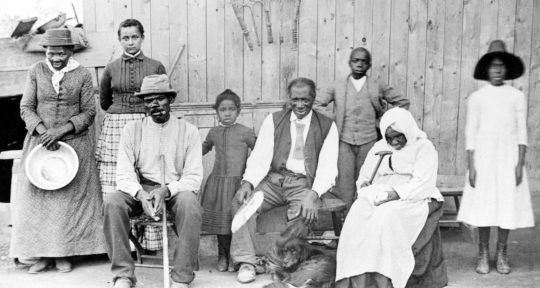As the door clangs shut in the tiny, closet-like room known as “The Hole,” my breath catches. I stand in the dark, my outstretched arms touching each wall, and remind myself that someone at the Historic Brushy Mountain State Penitentiary will open the door momentarily. After only a few seconds, I’ve had enough—I can’t fathom a month-long stint in the pitch black of solitary confinement.
Just as quickly as he closed it, Bill Harvey—tour guide and former Brushy prison guard—swings open the door. In his thick Tennessee accent, Harvey describes guards hanging inmates from the ceiling by their thumbs, a form of corporal punishment that ended officially in 1905. Despite the bad memories, Harvey, who worked at the prison from 1981 to 2002, says he doesn’t mind working here as a guide. He spent so many years at Brushy, “it feels like coming home.”
Like other once-abandoned, historic prisons around the country, Brushy reopened as a tourist destination in 2018. Many of these imposing structures offer ghost tours or haunted attractions—and while Brushy has its fair share of macabre tales, visitors will find an entirely different kind of spirit here. The Brushy Mountain Distillery produces 10 unique flavors of moonshine and offers tastings to the public.
Convicts and coal mines
Brushy opened in 1896, and at the time of its closing in 2008, it was the oldest operating prison in Tennessee. During its more than a century in operation, the prison’s maximum-security cells housed some of the most dangerous criminals in the state. “We didn’t have chicken thieves,” Harvey says. “We had bad people.”
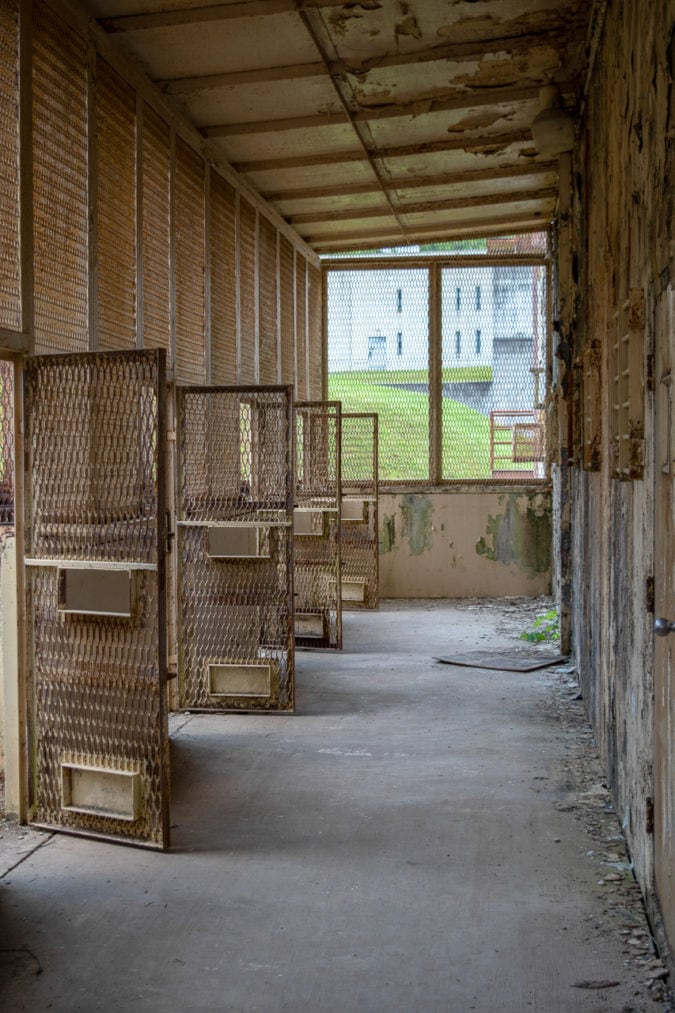
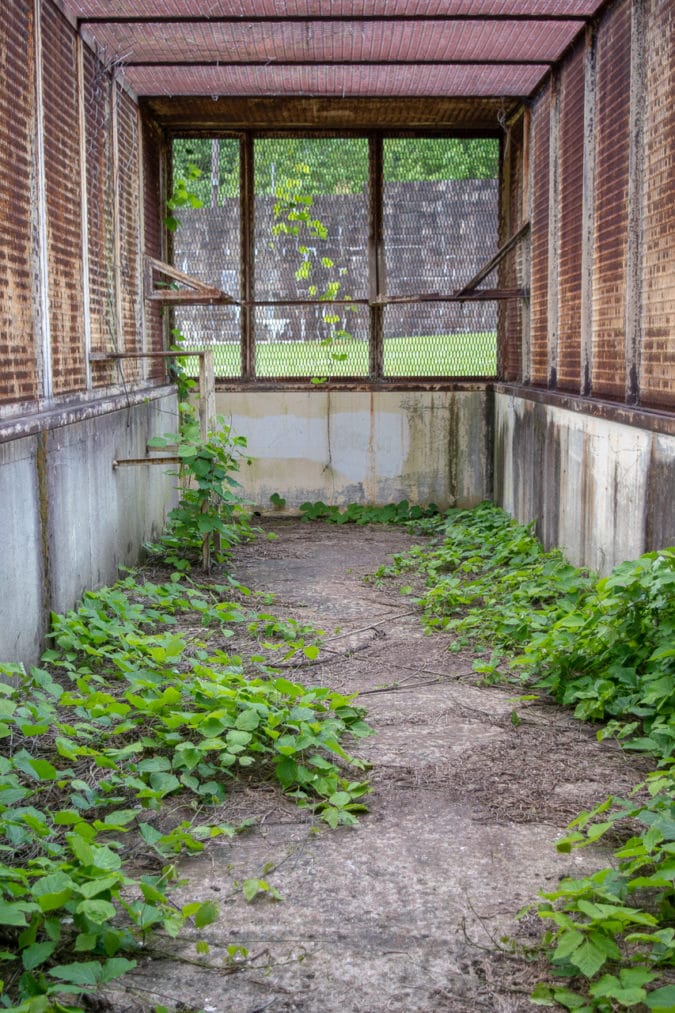
Today, some of the tour guides at Brushy are former inmates. George Wyatt served two years out of a 10-year sentence. “You did bad things to get in here, then you had to do more bad things in here just to stay alive,” he says. He was released early for good behavior in 1986 but acknowledges, “You had the guard rules and the convict rules. You had to follow the convict rules.”
Wyatt served his time during the same period when Harvey worked as a guard. Although they may have been adversaries at one point, today they’re amicable coworkers. “Life’s too short” to hold a grudge, Wyatt says.
Geologists selected Brushy’s location in Petros, Tennessee, because of its coal mines. Housing, feeding, and clothing those incarcerated was expensive. To finance their sentences, states sent prisoners to work in the mines, once a common practice throughout the South. Supervisors drove the inmates hard in the mines, administering lashes with a leather strap if they fell behind.
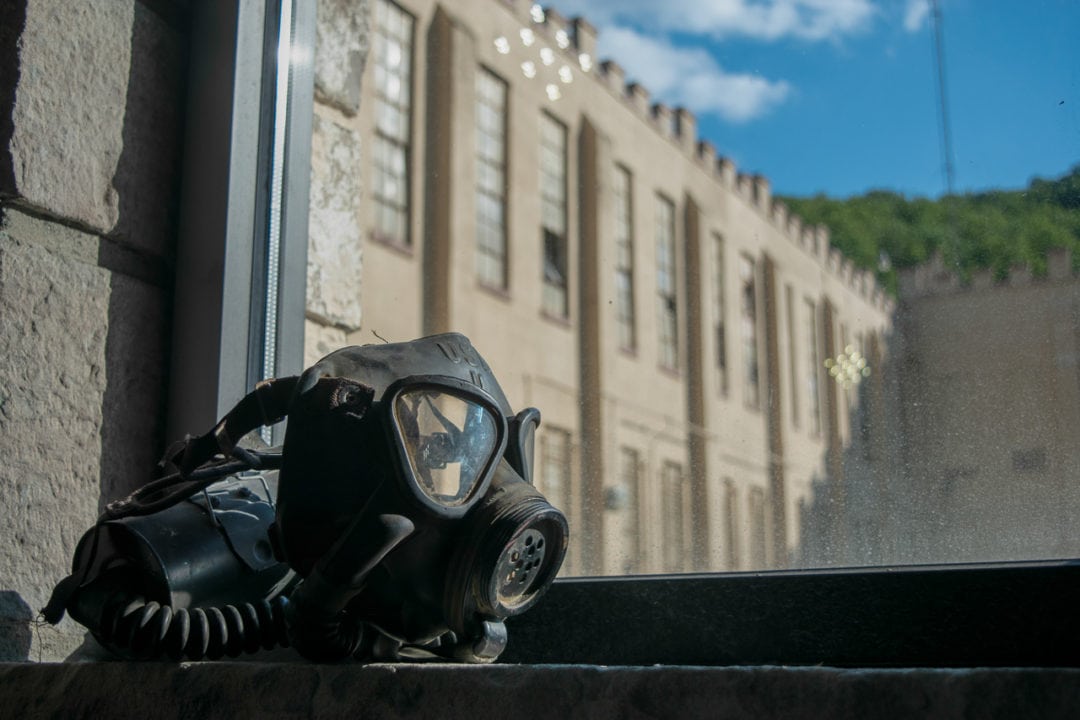
Life wasn’t much easier for the inmates when they were off duty. Diseases such as tuberculosis, typhoid fever, and pneumonia ran rampant. Inmates were often assigned four to a cell, with two men working and two men sleeping during opposite 12-hour shifts. On Sundays, however, all four would huddle into the 8-by-10-foot lockups that included a metal bunk bed, a toilet, and a sink. During my tour of the prison, I see one cell where someone counted the days of his sentence with hash marks that cover an entire wall of the cell.
For Wyatt, coming back to work at the prison is an opportunity to make a difference. “There are a lot of problem kids who come here. If I can keep an individual from coming into this world, I’ve done my job,” he says. “This ain’t no place to be. I hope I can get through to them.”
Infamous inmates
The remote, wooded terrain of Frozen Head State Park surrounds the prison on three sides. Brushy was nearly inescapable, but that doesn’t mean there weren’t attempts—and occasionally successful ones. As I explore the grounds, I see rust spots where inmates tried to saw through the bars, along with the site of Brushy’s most infamous escape attempt.

Convicted of murdering Martin Luther King, Jr. in 1969, James Earl Ray was sentenced to 99 years at Brushy. In his first escape attempt, he left a dummy in his bed and crawled through a ventilation shaft, but he didn’t get far before he was caught. On the evening of June 10, 1977, Ray and two other inmates hooked together a makeshift copper-pipe ladder. While other inmates started a fight in the yard to distract the guards, the three men climbed to freedom. Ray was free for 54 hours before he was caught and returned to Brushy.
The ladder Ray used to escape is now preserved in the prison’s museum. It’s displayed alongside a wooden-handled leather strap used for lashings, riot gear, Bibles used to hide contraband, and handmade shanks.
End of the Line
The cell blocks have been empty for more than a decade and paint is peeling inside and out. At first glance, it hardly seems the setting for a redemption story. But that’s exactly what Chattanooga entrepreneur Pete Waddington envisioned when he cruised by the prison during a charity motorcycle ride in 2012.
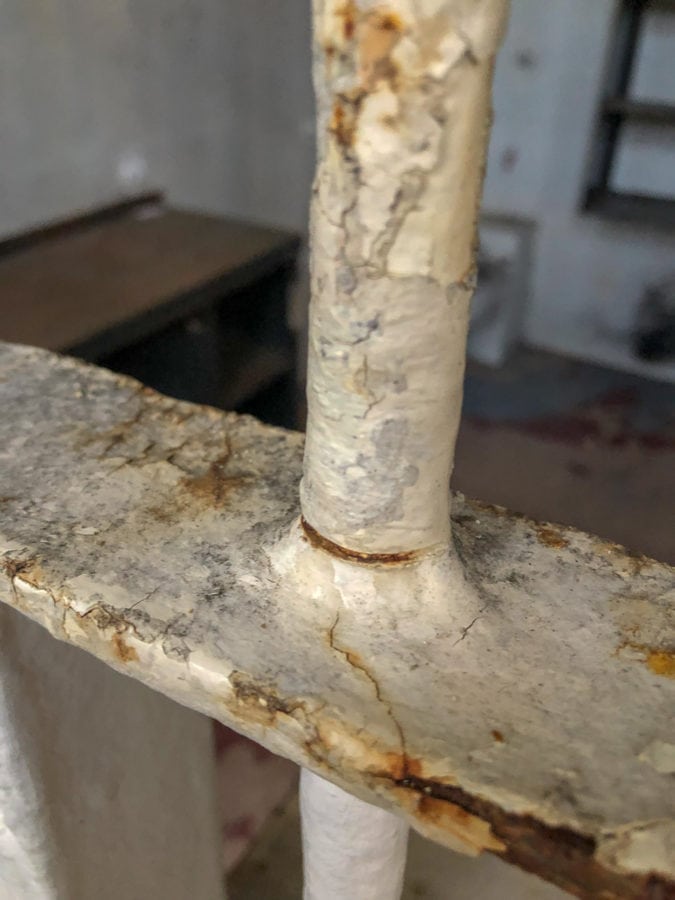

With prison tours and distillery tours both rising in popularity across the country, he persuaded his business partner that Brushy could become a tourist destination by offering both.
In July 2017, they opened the End of the Line moonshine distillery, drawing inspiration for the name from Brushy’s dark past. The distillery uses local water and grains to produce 10 varieties of Tennessee’s signature spirit, including blackberry, apple pie, and a 110-proof, unflavored version called “Scared Straight.”
Purchasing Brushy also took a “liability on the state’s books and turned it into an asset to create jobs,” Waddington says. When the prison closed in 2008, it took many jobs with it, a hard hit to the county. Today, Brushy once again employs locals. “There’s clearly a tie between the residents and the prison,” Waddington says. “Everyone had a relative who worked here or they worked here themselves. A lot of the old employees were glad to see it saved.”
If you go
Historic Brushy Mountain State Penitentiary is open every day from 10:30 a.m. to 6:30 p.m. Self-guided and private tours are available seven days per week, April through November.



